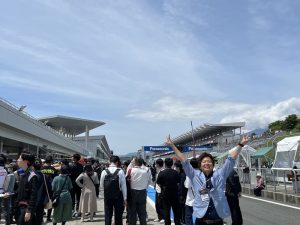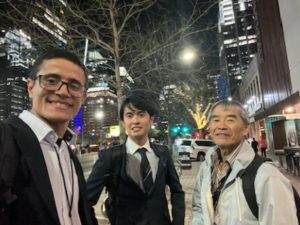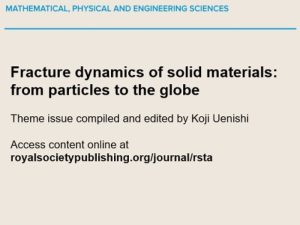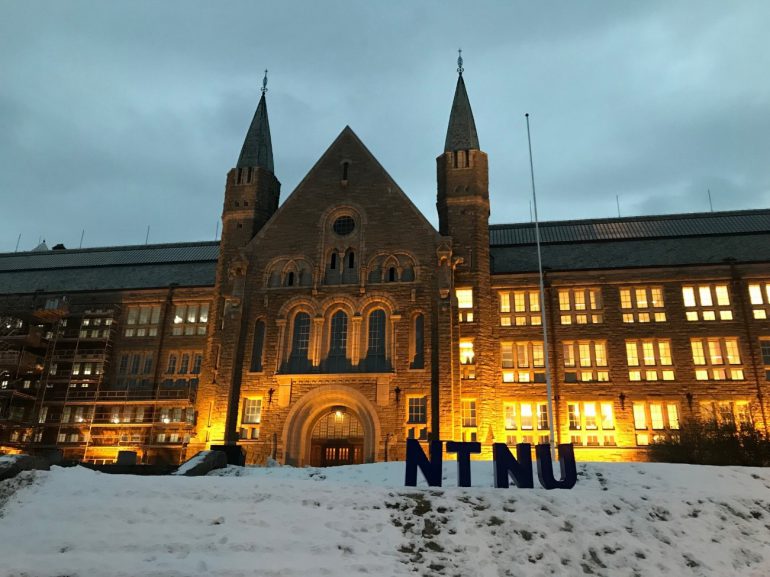
Hello. I am special assistant professor Shimizu of the Hori Fujimoto laboratory. This time, I will introduce the town and research life in Trondheim, Norway, where I worked as a visiting researcher until the end of last year.
Trondheim is one of Norway’s leading cities located about 500 km northeast of Oslo, the capital of Norway. The center of the city is near Trondheim Station, a 30-minute train ride from Trondheim Airport, and Trondheim Station faces the coastline. Walk for about 15 minutes inland from the station, you will find the Nidaros Cathedral, a large church that holds the crowning of the King of Norway. Trondheim flourishes around this Nidaros Cathedral, with shopping districts and large shopping malls with Christmas Markets, etc. just steps from Nidaros Cathedral.
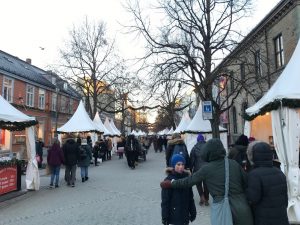
Trondheim imposes a legal limit on the height of the building, so the tower of the Nidaros Cathedral is the tallest and can be seen from anywhere in the city. Therefore, the scenery of the city is well maintained, and it is a city that fits the image of a Nordic city with a large house with a triangular roof on the colorful outer wall, which the Japanese imagine. And, crossing the Niderba River, which flows near the Nidaros Cathedral, the Norwegian University of Science and Technology (NTNU) is on the top of a slightly elevated hill.
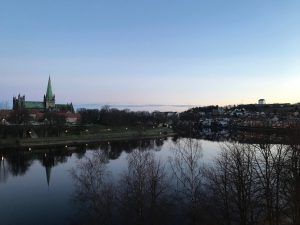
SINTEF ENERGI, where I was a visiting researcher, is on the premises of the Norwegian University of Science and Technology. SINTEF is a company dedicated to research, and SINTEF ENERGI is one of them. The mother is Norwegian National University of Science and Technology and Norwegian Institute of Technology. Therefore, SINTEF can use university equipment as research equipment. It is one way to increase the utilization rate of research equipment, which is one of the university’s worries. On the other hand, SINTEF alone does not have a site, and it is difficult to introduce a large-scale facility, so it can be said that there is no choice but to use what the university has. In addition, there is acceptance of internship, and the employee directs students directly and exchange is very popular.
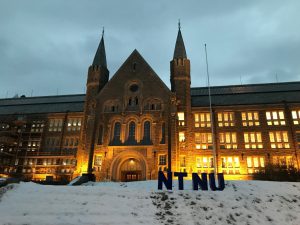
I was impressed that I would work in a close environment with university faculty, but the biggest difference with university faculty is that research projects are decided by the company with a policy. Individual employees can start a project themselves, but at the same time, there are projects given by the company.
Also, the team I was in was rich in international colours, with less than half of the researchers from Norway consisting of researchers from North America, South America, Africa, Asia and all regions of the world. Therefore, the company official language is English, including at lunch time.
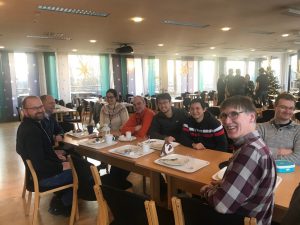
Although it is famous, Norway has a short working time, SINTEF employees go to work from about 9:00 to 9:30, and at 16:00 the entrance of the company is locked and ID cards are not used in the building. I can not put in it. And at 18:00, there will be few people. Some people work after returning home, so I can not say in general, but I think at least I spend less time in the office than in Japan.
That’s it for Trondheim and SINTEF. When I enter a different organization and do work (learning), I feel anew about how I work (learn how) and what the organization is, the goodness of other organizations, and how I am endowed. You can think about it. In such a sense, it may be good to challenge to work in an external organization (learning).
This page was automatically translated into English.
Please note that the translation system may not necessarily be accurate.
Thank you in advance for your kind understanding.




